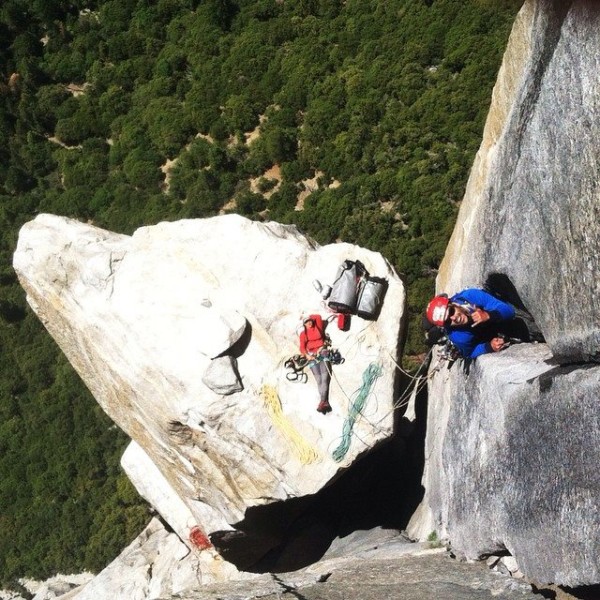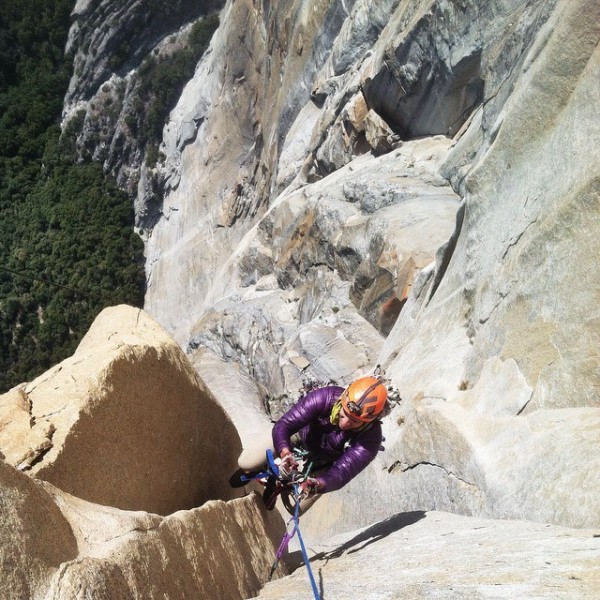The longer days of spring have arrived. The last few storms are rolling through the Valley and El Capitan is coming into prime shape for climbing. Making an ascent of one of the world’s biggest granite monoliths requires a fair bit of motivation.
There are two main ways to climb El Capitan: slow and heavy or fast and light. They both have their advantages.
SLOW and HEAVY
The idea behind climbing slow and heavy is taking all the creature comforts with you. Extra shoes, water, food, gear, beer and all go into one huge haulbag. The load then slowly gets dragged up El Capitan over the course of five to six days until a successful ascent is made. Each pitch requires a big rack and an emphasis on aid climbing over free. While this way seems slower initially, it is in the long run significantly faster. You can get close to guaranteed success as long as you bring enough supplies.

FAST and LIGHT
The fast and light approach means taking as little as possible and blitzing up the wall. Walk down from the top barefoot, carry minimal water, don’t sleep on the route and eat very little food. This will allow you to make a speedy in a day ascent. This strategy requires a significant amount of fitness, years of training to be able to climb efficiently and a high level of boldness. If something bad happens, things go down hill fast. While the actual ascent is faster, it requires years more work.

Regardless of how you decide to climb El Capitan, it is one of the best rocks in the world. Touchstone offers big wall clinics taught by guru Steve Schneider. The Yosemite Mountaineering school offers further instruction.

